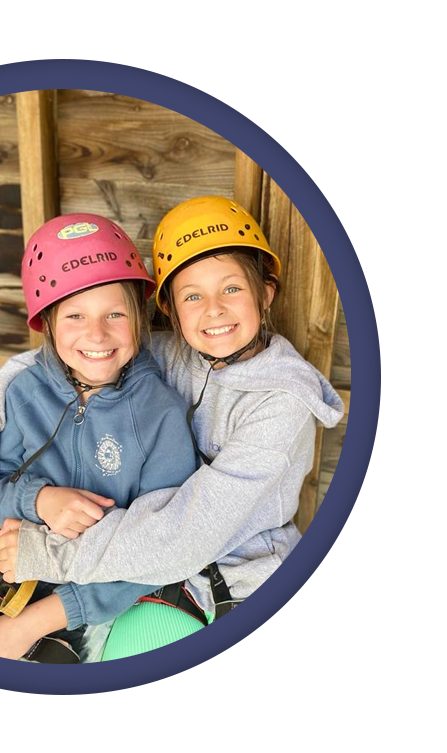

Our Curriculum
-

Art
-

Computing
-

Design
Technology -

English
-

Geography
-

History
-

Languages
-

Maths
-

Music
-

PE
-

Phonics
-

PHSE
-

RE
-

Reading
-

Science




Art
Computing
Design
Technology
English
Geography
History
Languages
Maths
Music
PE
Phonics
PHSE
RE
Reading
Science
